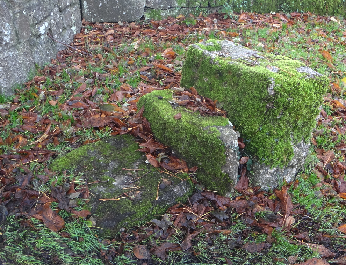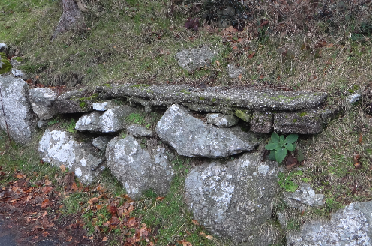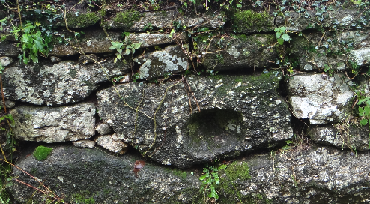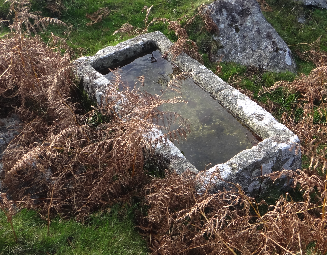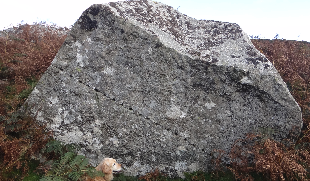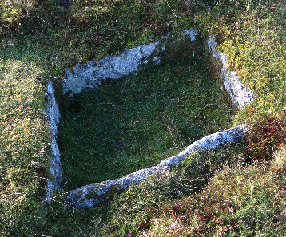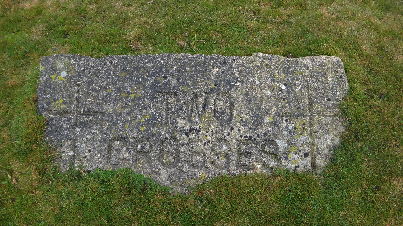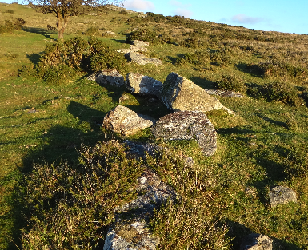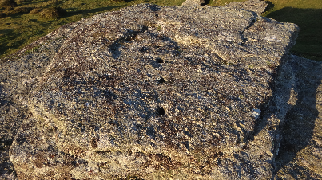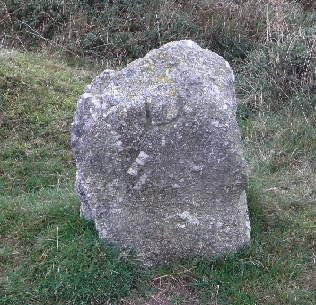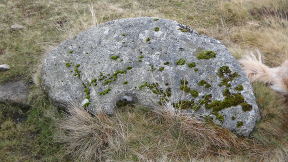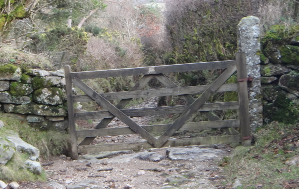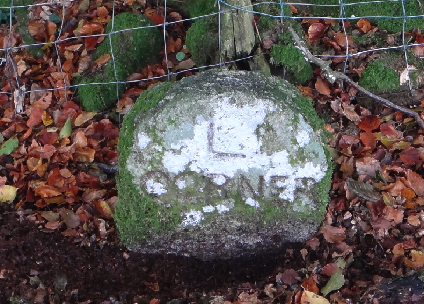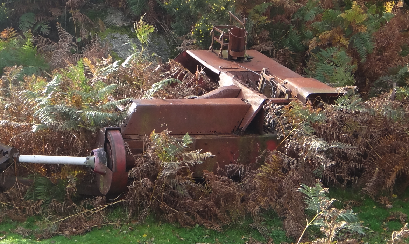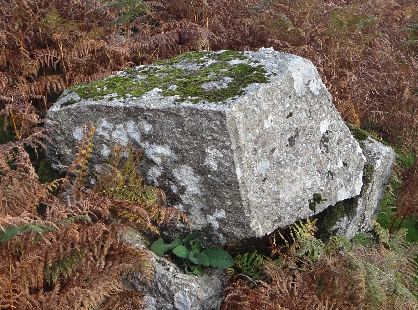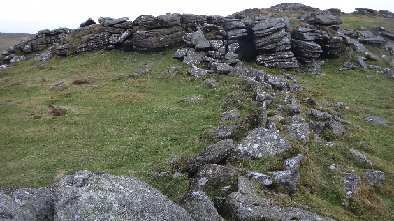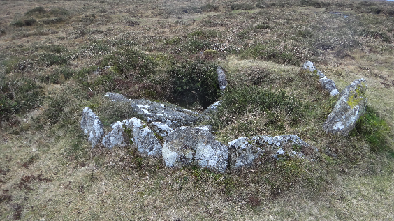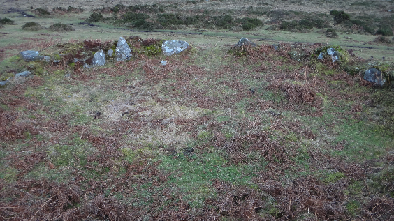Reading Out Loud
Focused Elements:
You can have these explanations read out loud by clicking on 'Speak Explanation' (access key 'a')
These controls are to provide alternative means of accessing the information on this page. Two main facilities are provided: adjusting the text size and listening to the text on the page.
1) Adjusting Text Size:
You can increase the text size by clicking on 'Larger' (access key '+'), and reduce it by clicking on 'Smaller' (access key '-'). You can reset the size back to its original value by clicking on 'Reset' (access key 'j')
2) Listening to the Text
You can adjust the pitch of the spoken word, the rate or speed of delivery and the volume. You can also choose the voice to use by clicking on the drop-down list. The default voice is whatever is the standard for the computer and browser you are using.
To set your default, please refer to the description in the Accessibility Statement.
There are normally three sections of text on the page that you can listen to: the headings, the main text and a selection. Click on 'Speak Headings to speak the page headings (access key 'l'). Click on 'Speak Main Text' (access key 'q') to listen to the main text.
You can also select an area of text in the page using standard select methods and click on 'Speak Selection' (access key 'w') to read the selection aloud.
You can enable the reading out loud of the element that currently has focus by clicking on 'Start Focus Speaking' (access key 'f') and you can stop this by clicking on 'Stop Focus Speaking' (access key 'd').
You can pause the audio by clicking on 'Pause' (access key 'r') and resume by clicking on 'Resume' (access key 't').
To cancel or stop the audio click on 'Cancel' (access key 'y'). To restart the current audio from the beginning, click on 'Restart' (access key 'k').
To hide the accessibility controls click on 'Hide Panel' (access key 'h')
To hide this explanation click on 'Hide Explanation' (access key 'x')
Widecombe-in-the-Moor
Artefact Hunt: More Details

There are a large number of artefacts of one sort or another that are scattered around the parish and will repay your curiosity.
This page contains more details for the artefact hunt that you can find Here. So, if you have arrived here directly, e.g. via a search engine, then please go to the original hunt page first.
You can go to an individual section of the hunt by choosing from the list below:
- Section 1: In the Vicinity of Widecombe Village
- Section 2: East of Widecombe Village - South of the Road up Widecombe Hill
- Section 3: West of Widecombe Village - Hameldown Ridge including Wind Tor
- Section 4: North-East of Widecombe Village - Bonehill Rocks, Chinkwell, Bel and Honeybag Tors
- Section 5: Southern Widecombe Parish - Dartmeet Area
Section 1: In the Vicinity of Widecombe Village
Section 2: East of Widecombe Village - South of the Road up Widecombe Hill
Section 3: West of Widecombe Village - Hameldown Ridge including Wind Tor
Section 4: North-East of Widecombe Village - Bonehill Rocks, Chinkwell, Bel and Honeybag Tors
Section 5: Southern Widecombe Parish - Dartmeet Area
The information on this page was last modified on August 10 2022 16:34:04.



